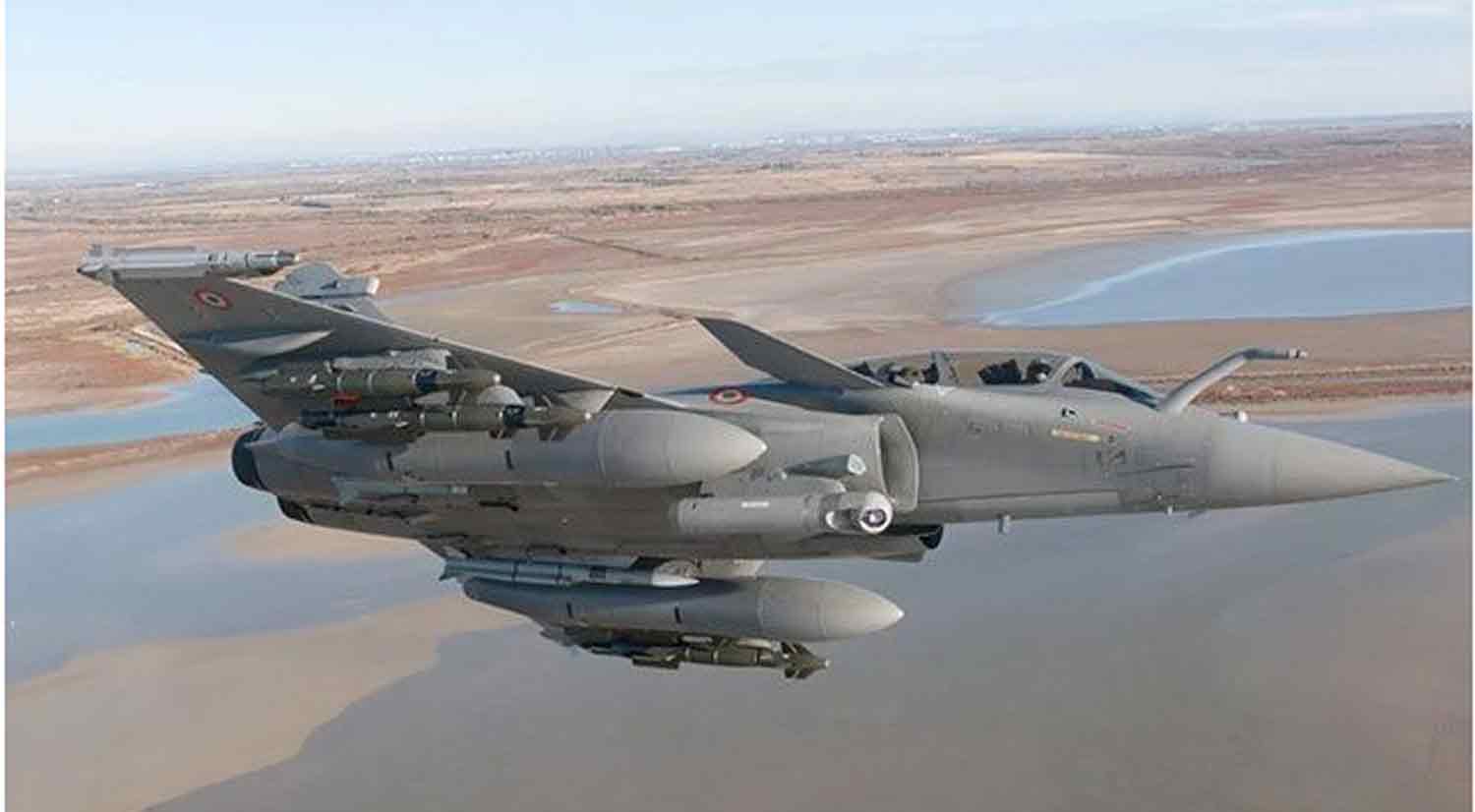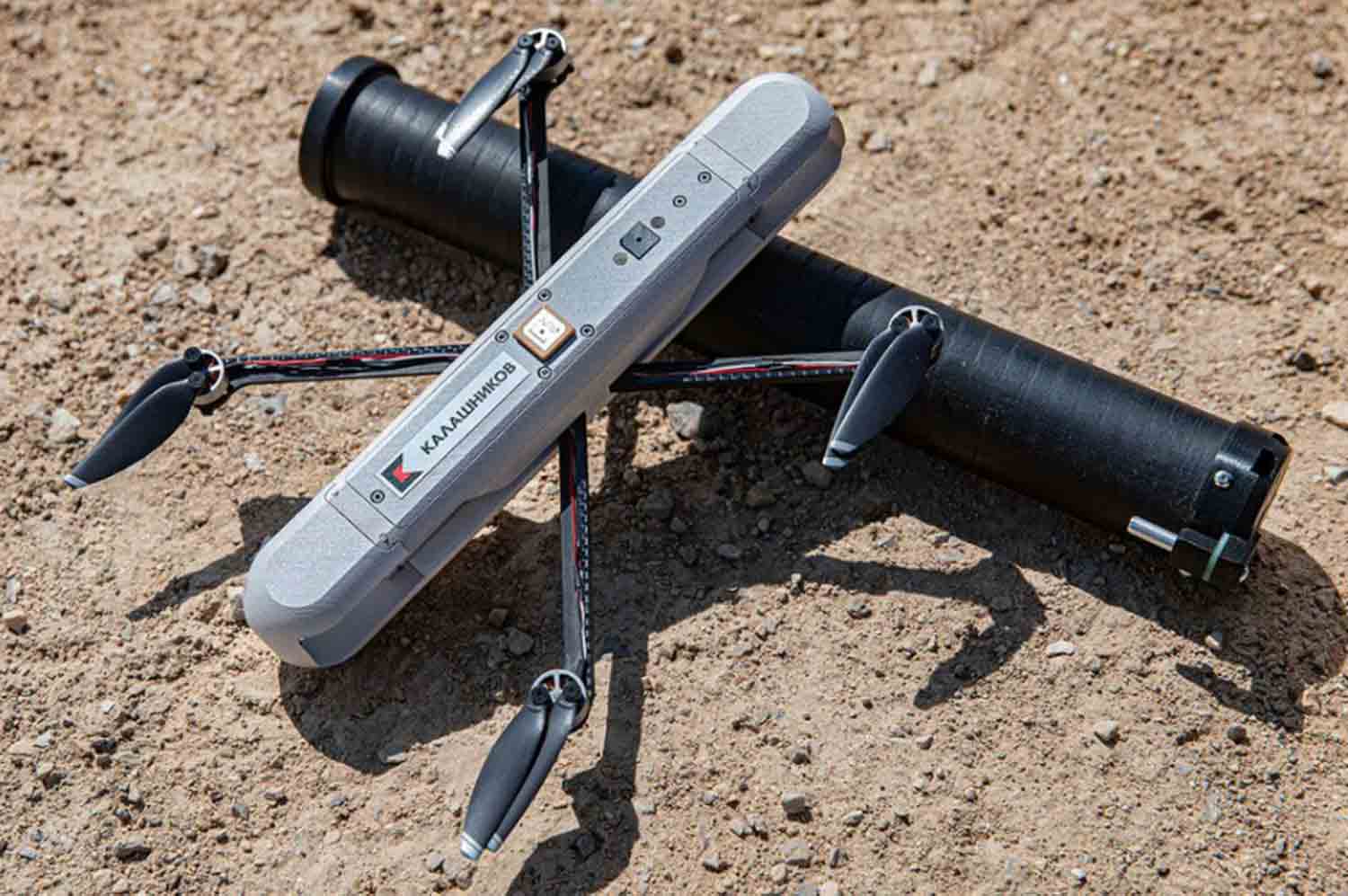Pakistan’s strategic decision to procure up to 40 J-35A fifth-generation fighter jets from China is poised to significantly alter the balance of air power in the region, providing its air force with a substantial advantage over its historical adversary, India.
Retired Air Commodore Zia Ul Haque Shamshi, a former senior officer of the Pakistan Air Force (PAF), emphasizes that the introduction of the advanced J-35A will position the Indian Air Force (IAF) at a disadvantage, granting Pakistan a technological superiority that is expected to last for the next 12 to 14 years. He noted, “India is unlikely to achieve fifth-generation fighter jet capabilities within that period, which will afford Pakistan a strategic advantage.”
Last year, the PAF made headlines by signaling its intention to acquire the state-of-the-art J-35A stealth fighter, a next-generation aircraft developed by China’s Shenyang Aircraft Corporation. Air Chief Marshal Zaheer Ahmed Baber Sidhu heightened expectations by announcing that the J-35A would soon be integrated into the PAF’s fleet, marking a significant advancement in Pakistan’s aerial combat capabilities. “Discussions have been held regarding the acquisition of the J-35A, which will soon be incorporated into the Pakistan Air Force,” he stated at an event last year.
Recent reports from Pakistani media indicate that the PAF has dispatched a contingent of pilots to China for training on the J-35A fighter jet, underscoring the nation’s commitment to adopting fifth-generation fighter technology. The J-35A is China’s second stealth fighter, following the J-20 “Mighty Dragon.” While the J-20 is reserved for the Chinese Air Force, the J-35A has been designed with potential international buyers in mind. This latest addition will enhance the array of Chinese-made fighter jets within Pakistan’s air force, which already includes the J-10C and the collaboratively developed JF-17.
Reports indicate that Pakistani pilots have commenced training on the J-35A, suggesting that Islamabad is firmly advancing towards the deployment of fifth-generation fighter aircraft.
This development has sparked apprehension in neighboring India, which continues to depend on 4.5-generation fighters like the Sukhoi Su-30MKI and Rafale jets.
India now confronts the challenge of not only addressing the capabilities of China—whose air force already operates the J-20—but also preparing for Pakistan’s potential introduction of its own fifth-generation fighters.
Analysts suggest that Pakistan’s reported acquisition of the J-35A is likely aimed at replacing its aging fleet of American-made F-16s and French-built Mirage 5 aircraft. If verified, this procurement could significantly shift the regional air power dynamics and present a new strategic challenge for India.
The J-35A is anticipated to enhance Pakistan’s tactical capabilities, enabling its air force to execute deeper penetration missions into adversary airspace.
China has been actively marketing the J-35A for export, even setting up a dedicated office to attract potential international buyers.
In contrast to the J-20, which Beijing has restricted from export—similar to U.S. limitations on the F-22 Raptor—the J-35A is being promoted as a viable option for foreign customers.
The J-35A emerges as a significant player in contemporary aerial combat—a single-seat, twin-engine, medium-sized stealth fighter designed for supremacy. With advanced low-observability features and efficient operational costs, it is set to compete with the most sophisticated military aircraft globally.
Recent reports suggest that China is preparing to incorporate the J-35A into its carrier operations, positioning it as a direct competitor to the U.S. Navy’s F-35B and F-35C models produced by Lockheed Martin. While detailed technical specifications remain largely undisclosed, it is noted that the aircraft’s Maximum Take-Off Weight (MTOW) has increased from 25,000 kg to 28,000 kg, indicating enhancements in both firepower and endurance.
The J-35A is powered by WS-19 engines, each generating an impressive 12 tons of thrust—an advancement that reinforces its status as a next-generation aerial powerhouse. The fighter is designed with two internal weapons bays, each capable of accommodating two medium-range air-to-air missiles. Furthermore, it includes external hardpoints for a variety of bombs and missiles, broadening its multirole combat capabilities.
Pakistan’s decision to acquire the J-35A is likely to alter the balance of air power in the region, prompting India to expedite its initiatives to develop or procure fifth-generation fighter jets.
Discover more from Defence Talks | Defense News Hub, Military Updates, Security Insights
Subscribe to get the latest posts sent to your email.





